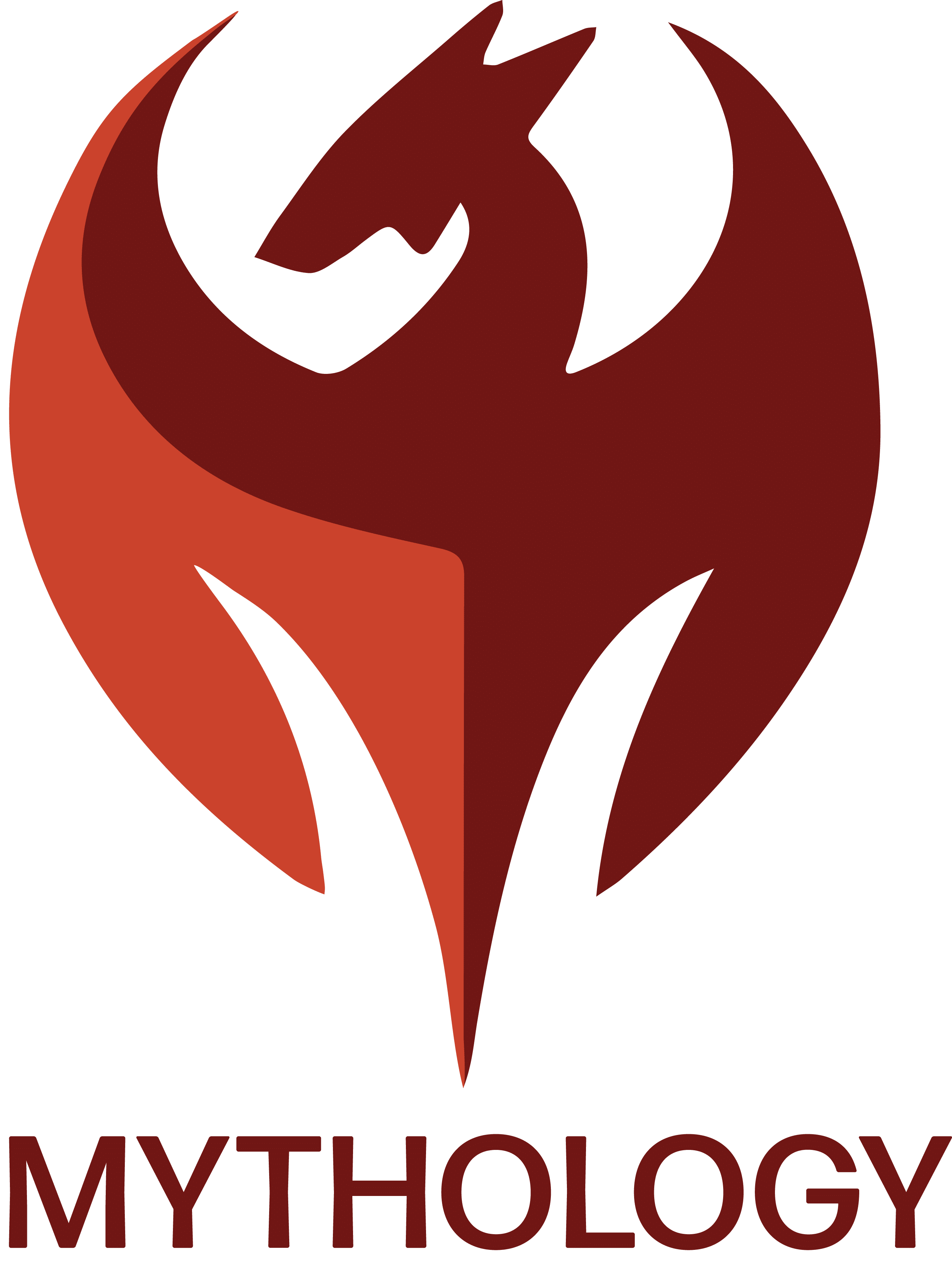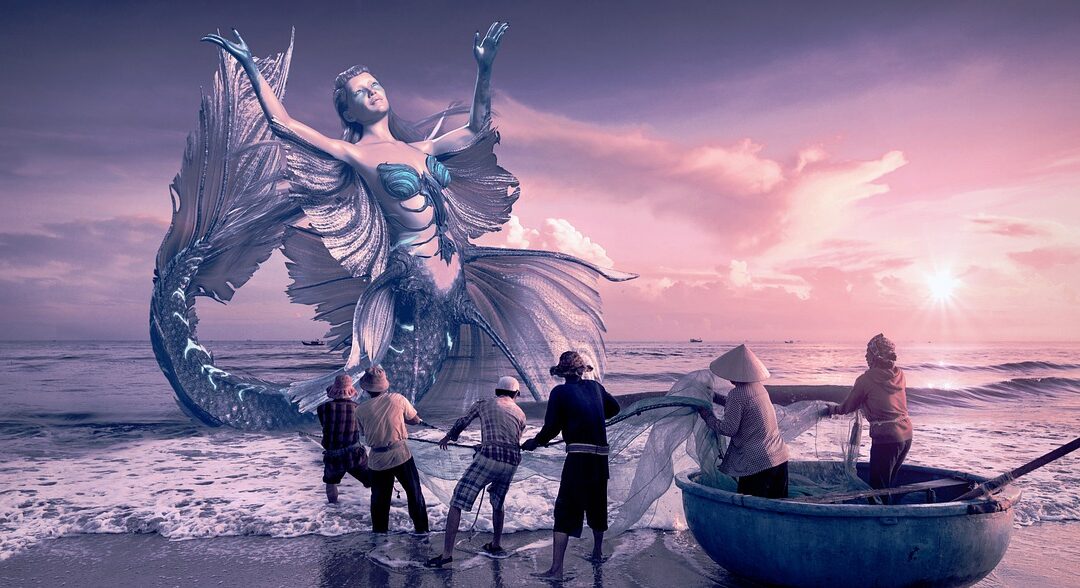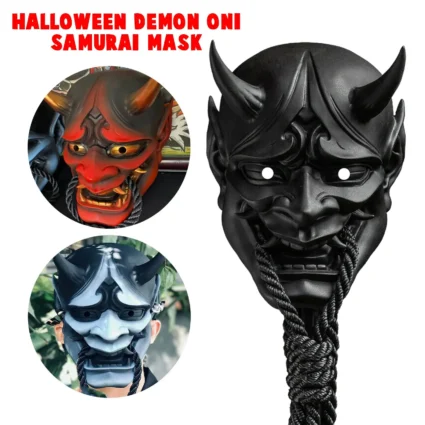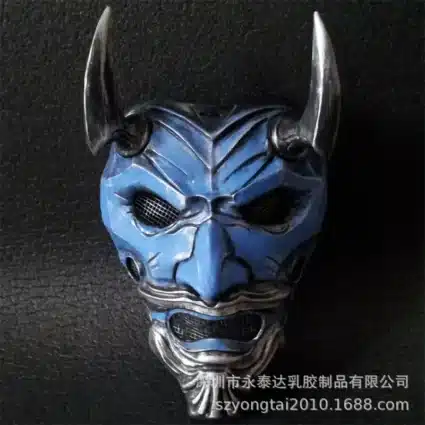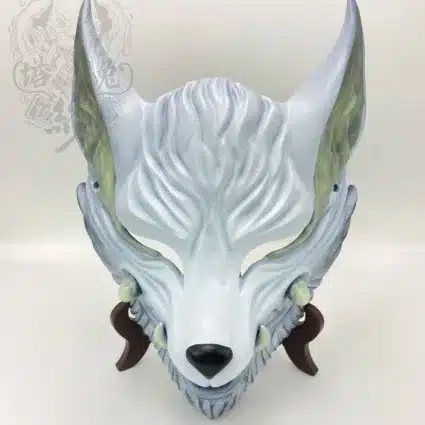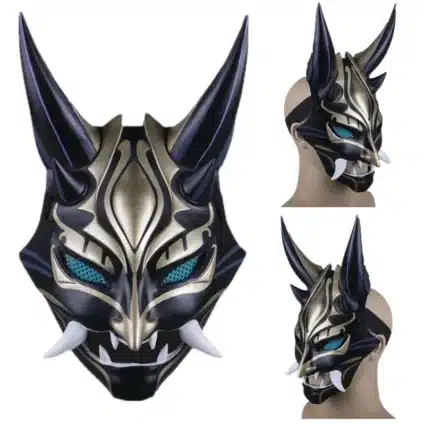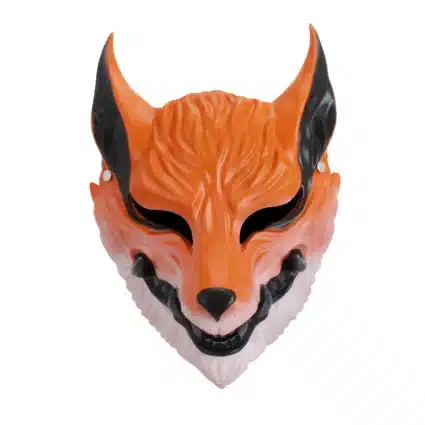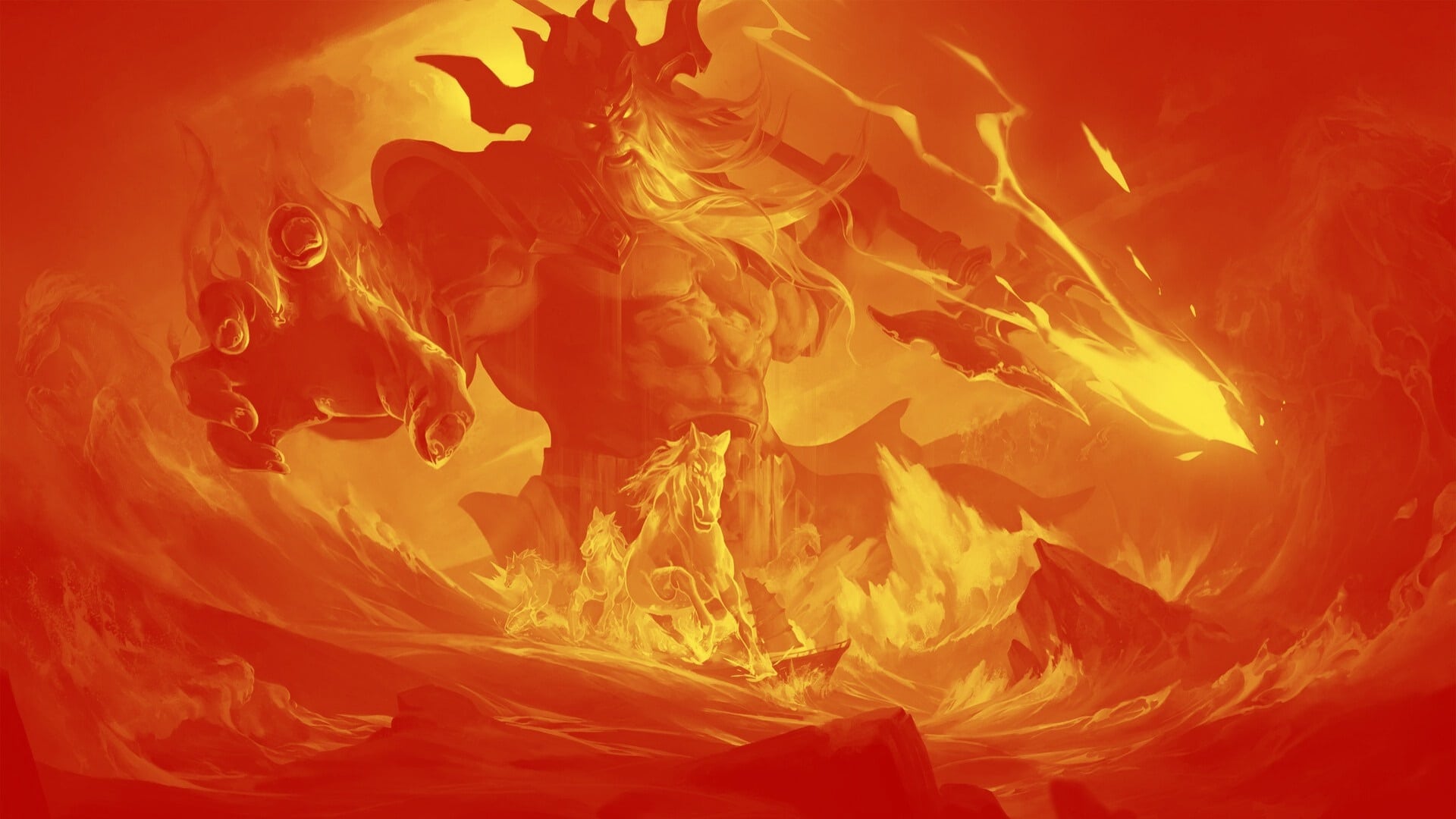Mythology is replete with tales about marine monsters. Mythical Sea Creatures were so enormous that they could swallow ships and destroy a city in no time. Their stories have captivated human imaginations throughout history and are still popular today. This article will introduce the Top 10 Mythological Sea Creatures that will leave you awe-stricken.
1. Capricorn (Sea-Goat)
 We all know Capricon as a Zodiac sign, but do you know it is also a mythical sea creature. It is also called Sea-Goat or Goat-Fish. The myths about these creatures have roots in Mesopotamia and Sumerians. It is also associated with the god Enki.
We all know Capricon as a Zodiac sign, but do you know it is also a mythical sea creature. It is also called Sea-Goat or Goat-Fish. The myths about these creatures have roots in Mesopotamia and Sumerians. It is also associated with the god Enki.
- Mythological origins: Originating from Mesopotamian and Sumerian mythology, Capricorn is depicted as a mythical sea creature known as the Sea-Goat or Goat-Fish, symbolizing a fusion of terrestrial and aquatic elements.
- Association with Enki: Capricorn is closely associated with the god Enki, a deity of water, knowledge, mischief, crafts, and creation in Sumerian mythology, highlighting its significance in ancient cultures.
- Zodiac significance: Beyond its mythological roots, Capricorn is also recognized as a zodiac sign, symbolizing traits such as discipline, responsibility, and management skills.
2. Cetus
In Greek mythology, sea monsters are called Cetus. The legend has it that Queen Poseidon sent Cetus to devour Princess Andromeda because she was jealous of her beauty. But Perseus (founder of the Perseid dynasty) killed it to save the princess. We get conflicting reports about its appearance. Some stories describe Cetus as a combo serpent and dragon, while others portray it as resembling a shark or Whale.
- Greek mythological sea monster: Cetus is known in Greek mythology as a formidable sea monster sent by Queen Poseidon to devour Princess Andromeda, showcasing the theme of heroism and divine jealousy.
- Perseus’ adversary: The monster’s defeat by Perseus, a hero and the founder of the Perseid dynasty, marks a significant tale of valor and rescue in Greek mythology.
- Varied descriptions: Cetus is depicted in various forms, ranging from a combination of serpent and dragon to likenesses of a shark or whale, reflecting the diverse interpretations of mythological creatures.
3. Vodyanoy
Vodyanoy was a mythical Slavic chubby male monster with green hair and a long beard. It’s a water-dwelling soul that lives in rivers, lakes, and ponds. He also has a lengthy green beard down to his feet. In numerous tales, he was accused of drowning villages and flooding. Legends have it that he kidnapped young girls and disguises himself as a lovely flower.
- Slavic water spirit: Vodyanoy is described as a mythical Slavic creature with a chubby appearance, green hair, and a long beard, dwelling in bodies of freshwater such as rivers, lakes, and ponds.
- Malevolent actions: Known for causing floods, drowning villages, and kidnapping young girls, Vodyanoy embodies the dangerous aspects of water in Slavic folklore.
- Disguise ability: This creature’s capacity to disguise itself as a beautiful flower illustrates the folkloric motif of deceptive appearances and the hidden dangers in nature.
4. Devil Whale
Devil Whale is a mythical sea creature so gigantic that she appeared to be an island in the sea at a distance. When ships approached her, she would engulf the vast ships.
- Mythical gigantic creature: The Devil Whale is portrayed as an immense sea creature, so large that it was often mistaken for an island by sailors.
- Ship-engulfing menace: Its capability to engulf entire ships highlights the theme of the vast and unpredictable dangers that sailors faced in maritime folklore.
- Symbol of deception: The Devil Whale’s depiction as an island-like creature represents the theme of nature’s deceit and the perilous surprises of the sea.
5. Amabie
Amabie is a mythical sea character from Japanese legends. It was a peculiar-looking mermaid having a beak, 3 legs, and a tail. Her skin was covered with scales, like a fish. Back then, most Japanese were farmers. When she emerged, she would foretell about harvest and epidemics.
- Japanese mermaid-like creature: Amabie is a mythical sea creature from Japanese folklore, characterized by its unique appearance with a beak, three legs, and a scaly fish-like tail.
- Harbinger of fortune: Known to predict harvests and epidemics, Amabie represents the connection between nature, fortune, and the well-being of society.
- Cultural significance: Emerging in a primarily agrarian society, Amabie’s appearances and predictions held significant importance for Japanese farmers and their communities.
6. Finfolk
Finfolk is a group of Celtic mythology creatures that resembled mermaids and sorcerers. They were Amphibians who sometimes lived underwater while sometimes in a dry-land colony. Finfolk frequently took advantage of humans. They married gorgeous men and women.
- Celtic mythical beings: Finfolk are part of Celtic mythology, resembling mermaids and sorcerers with the ability to live both underwater and on land, reflecting their amphibious nature.
- Interaction with humans: Known for their interactions with humans, including marriages, Finfolk narratives often explore themes of allure, deception, and the blending of human and mythical worlds.
- Versatile habitats: Their ability to inhabit both aquatic and terrestrial environments symbolizes the fluid boundaries between the known world and the mystical realm in Celtic folklore.
7. Kraken
 The Kraken is one of the enormous mythical sea creature. Though Kraken and Cetus are marine monsters, Kraken is a giant squid. You may recognize it from the second edition Pirates of the Caribbean film.
The Kraken is one of the enormous mythical sea creature. Though Kraken and Cetus are marine monsters, Kraken is a giant squid. You may recognize it from the second edition Pirates of the Caribbean film.
- Giant mythical squid: Unlike Cetus, the Kraken is specifically depicted as a giant squid, marking a distinction in the variety of sea monsters in maritime folklore.
- Pop culture recognition: Its appearance in popular culture, notably the “Pirates of the Caribbean” film series, highlights the Kraken’s enduring legacy in mythology and modern entertainment.
- Symbol of deep-sea terror: The Kraken represents the terror of the unknown depths of the sea, embodying the natural fears of sailors and the mysteries of the ocean.
8. Sirens
Sirens are Greek mythology’s finfolk. Their beautiful melodies are renowned for seducing hapless seafarers. They appeared in two prominent Greek myths, Jason and the Argonauts and Odysseus and his journey.
- Greek mythological creatures: Sirens are known in Greek mythology for their enchanting songs that lured sailors to their doom, symbolizing the dangers of temptation and the irresistible allure of the unknown.
- Appearances in Greek myths: Featured in the tales of Jason and the Argonauts and Odysseus’s journey, Sirens represent the challenges and trials faced by heroes and travelers.
- Dual nature: Often depicted as finfolk, Sirens embody the intersection of beauty and peril in the sea, cautioning against the seductive dangers that lie beneath the surface.
9. Scylla & Charybdis
No list of mythical sea creatures is complete without these twin monsters. They are two different creatures. But they are often mentioned together in tales. The Odyssey mythology is the most renowned concerning these two animals. The monsters live on either side of the Messina Strait. Scylla embodied the rocky shore’s perils. She is usually represented as a lady with a dragon’s tail and dog heads growing from her. However, Charybdis was a terrible whirlpool.
- Iconic sea monsters: Residing on opposite sides of the Strait of Messina, Scylla and Charybdis are often mentioned together as twin dangers to sailors, embodying the perils of navigation and choice.
- Symbolism in “The Odyssey”: Their most famous depiction in Homer’s “The Odyssey” highlights the theme of navigating between two evils, with Scylla representing rocky dangers and Charybdis a devouring whirlpool.
- Embodiment of natural hazards: These creatures symbolize the unpredictable and often unavoidable hazards of the sea, illustrating the ancient world’s understanding of the dangers inherent in exploration and travel.
10. Jormungandr
In Norse mythology, this monster represents the Midgard Serpent. It is so long that it can completely circumnavigate the globe. The Jörmungandr is capable of swallowing its tail. It is Loki’s and Angrboda’s offspring. It is said that Odin’s wrath is unleashed when Jörmungandr releases its tail. Which mythical sea creatures of the 10 do you think are the most dangerous? Let us know in the comment.
- Norse mythology’s Midgard Serpent: Jormungandr, the Midgard Serpent, is so vast that it encircles the earth, holding its tail in its mouth, symbolizing the encompassing nature of the world’s oceans.
- Connection to Ragnarok: Its release of its tail is prophesied to signal the beginning of Ragnarok, the end of the world in Norse mythology, underscoring its pivotal role in cosmic events.
- Offspring of Loki: As the child of Loki and Angrboda, Jormungandr’s existence is intertwined with Norse myths of creation, destruction, and the complex relationships between gods and monsters.
